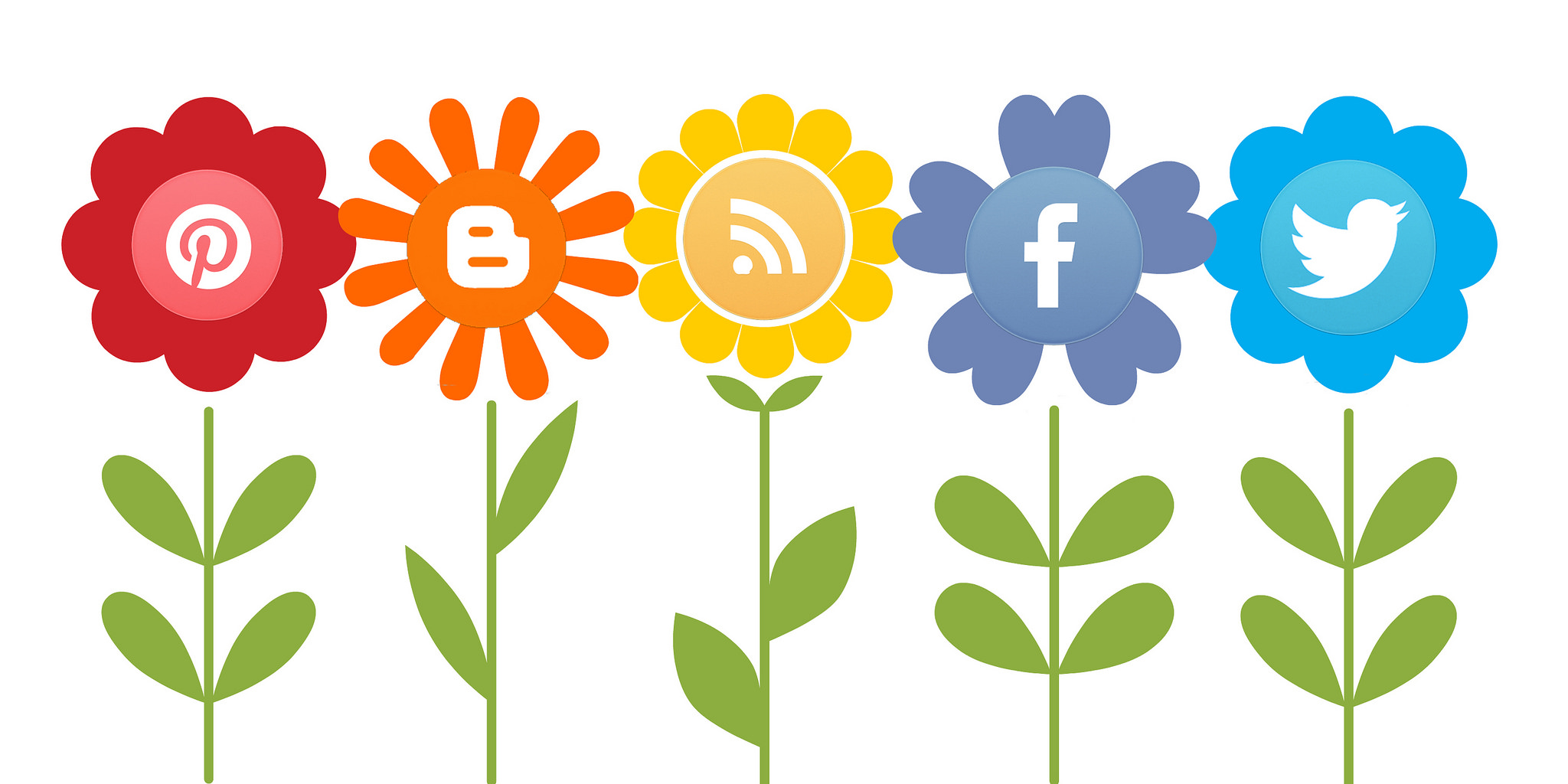Part one covers how we process and use social media. Part two will investigate what this means for marketers, safe space advocates, and social media users.
The Distortion, Social Media, and the Curveball: Marketing
Social media is nothing but the collective assertions of its users. Ideally, this means fair representation of concepts and opinions. To each their own, share and share alike, etc. This is not the case. That would be too honest and representative of what customers think they prefer.
Use statistics may dictate otherwise. Is it liberal bias that Facebook is less likely to share “conservative” stories? Or is it just good business practice? Only Facebook knows, at least for now. Whatever the rationale, it showcases the power of the platform. Distortion, though, happens individually.
User History and Use
We are what we eat. To marketers, we are where we surf. Targeted ads are ubiquitous. They orientate around search history, conversations, and statistical data. Fill out more of the profile and the better ads become custom-tailored.
This is not because markets like matching ads with markets. Well, not exclusively. It’s also because that taps into what we know are user interests. In turn, this makes them more likely to respond, share, purchase. Account holders, therefore, shape their web space more than they might think.
Such customization takes place within a vacuum of personal web space. Relevance is all important for eliciting positive reactions. This could be following a link or making a purchase. What matters is that web space is actively distorting itself to fit each profile’s interests.
Bots may make these decisions someday. It boils down to us in the meantime. Convincing the user to outright purchase stuff may be hard. Convincing them to click on something? Quite easy… and worth a great deal of moolah.
Safe Space and Validation

Calling the safe space concept a “distortion” is crude. It imposes a place where victims can express themselves. Just as with social media, stimulus prompts and effects discourse. Mere presence of an other can lead to victims silencing themselves. Language and other triggers matter. They are also important online. More intrinsically, online triggers are tooled the same way: to encourage sharing.
Dissimilarities Between Safe Space and Social Media
Safe spaces and social media both thrive off, and offer, validation. There are also dissimilarities. Social media automates while safe spaces must organize. Just look at Facebook’s suggestion for friends. Variables like region, background, and mutual connections or photos all factor. Profile pics, if applicable, trigger memories.
On the other hand, safe spaces disrupts normative power dynamics. Oppressive voices and gestures are unwelcome because they do not co-align with the meeting’s ends. Therapy is the guiding value, as is acceptance. It seeks to limit stimulus (triggers) to encourage unfiltered contributions. Social media, meanwhile, strategically uses triggers to encourage any contribution.
An Ad-spected Refuge
Safe spaces are theoretically a refuge. Social media is undoubtedly one. Each input gives platforms new information. Personalization wears in over time. Marketers can quite literally create dummy profiles and see what ads or stories they receive. But why are ads and stories important? Nascence.
Very few people ever think about ads when writing their comments. There they are, though, always in the background. Do they “ad’ suggestibility? It would be surprising if they did not. Now let us take another step forward. Cross-apply the ads with the constant rush of portraits and pictures in a news feed. The cross-association between ads, profiles, and user perspective might be minor. It might be major. It is most assuredly there, however.
Pictures courtesy of Jesse Clockwork and mkhmarketing via Creative Commons



